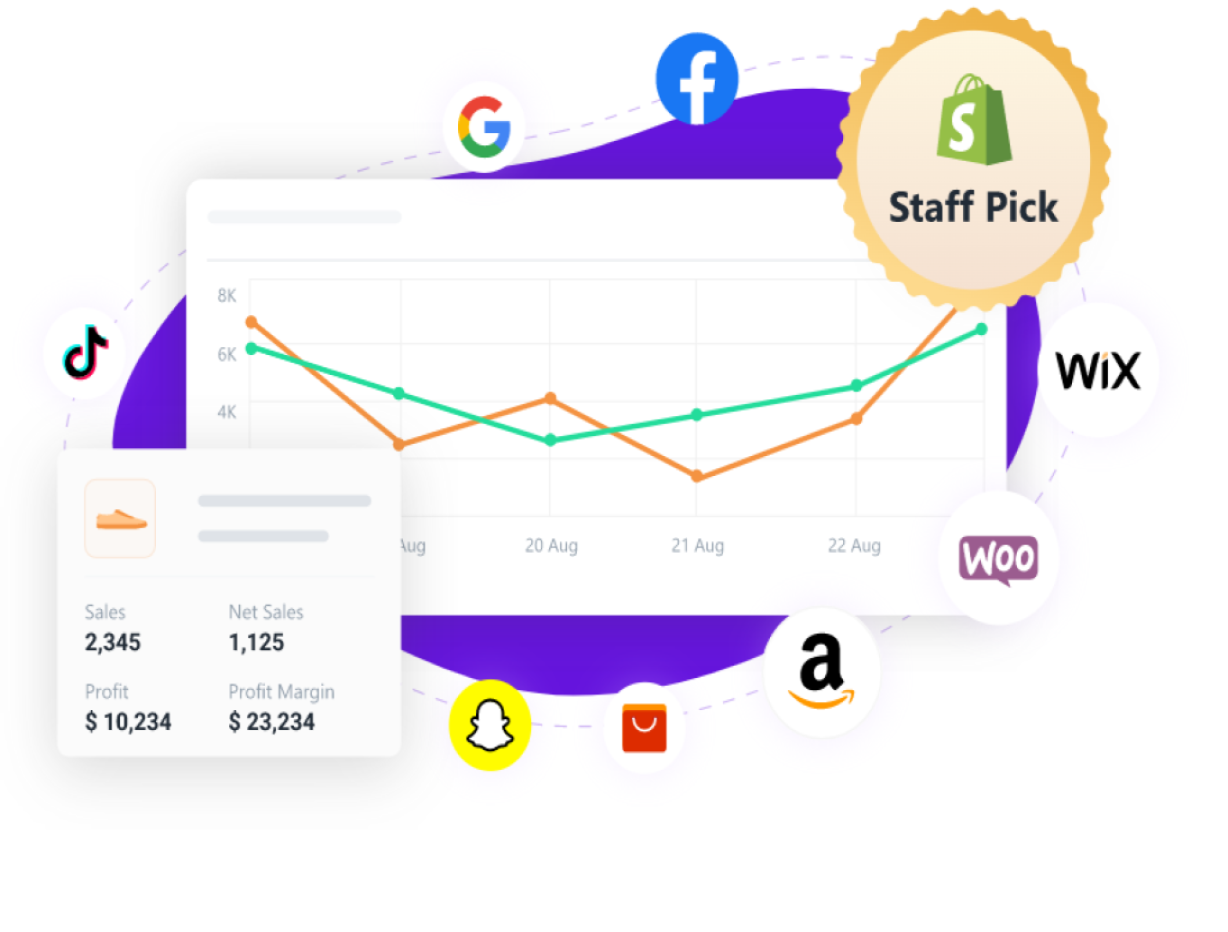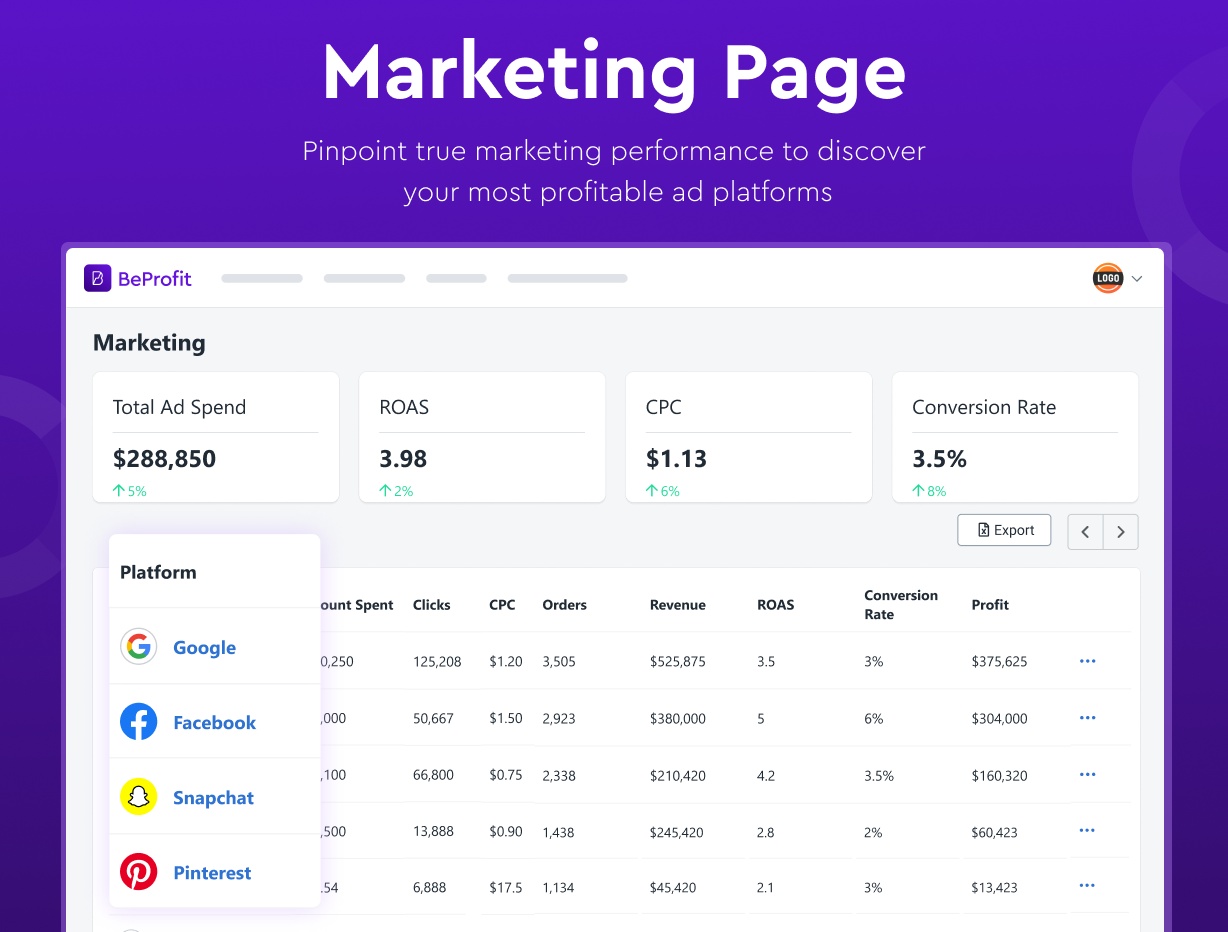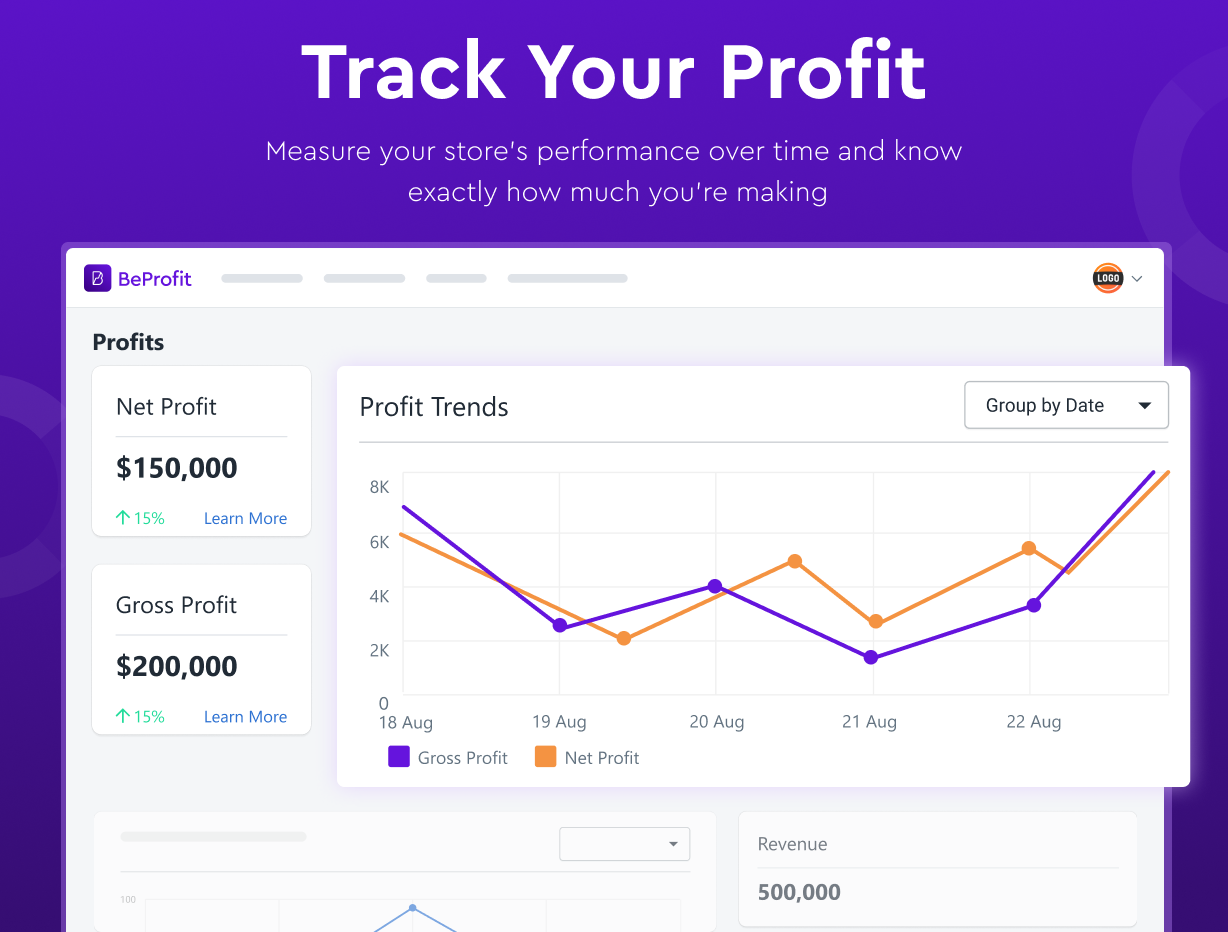5 Expert Ways to Lower Your CPA Through Ad Spend
Updated May 4, 2023

With global ad expenditure at $822,756 million, digital advertising is at the forefront of businesses' strategies. Specifically, cost per acquisition (CPA) can make or break your profitability. The lower your CPA, the more revenue you'll be able to generate from your ad spend. But achieving a low CPA isn't always easy—it takes a strategic approach to optimize your ad campaigns and make the most of your budget.
Understanding CPA
CPA is used as a metric to measure how much it costs for each successful acquisition or conversion.
CPA ($) = Total Advertising Costs / Number of Conversions
A successful acquisition from an online advertisement could be:
- A signup
- Purchase
- Subscription to a newsletter
- Another goal that you want customers to complete
Monitoring CPA in conjunction with other metrics, like marketing ROI or customer conversion rates, can provide a more complete overview of how successful your campaigns are at obtaining and converting customers.
Good ad spend can differ depending on the industry, target audience, and desired ROAS. The higher the CPA, the more expensive it is to acquire each customer, so lowering this number, typically, should be a top priority. Using CPA data to adjust advertising tactics and budget allocation can help drive profits and minimize overspending.
Monitor Your Ad Data Easily
Simplify your performance and profit tracking with integrated data.




- Pull and optimize ad data from various platforms in one intuitive dashboard.
- Access custom reports in real time.
- Pinpoint ROAS and conversion rates per platform.
BeProfit provides a hassle-free platform to help you assess your ad metrics and identify your most profitable products or services.
» Discover the ROI and ROAS differences
How to Lower Your CPA
Making the most of your ad spend with data-driven strategies can include a number of techniques based on your marketing goals.
1. Personalization
Personalized ads are a cost-effective technique to avoid irrelevant advertising that doesn't turn into conversions. Personalization AI can produce tailored advertising by using data about:
- Customer preferences and interests
- Browsing history
- Geographic location
- Sales data
Personalized ads can help increase engagement and conversions, which can decrease your overall CPA. Additionally, personalizing ads gives customers the feeling that they are being seen as individuals rather than just another face in the crowd. This can inspire trust and encourage better customer retention.
2. Targeting and Retargeting
Targeting involves ads tailored toward specific groups or demographics of people based on their interests or location.
For example, Facebook Ads allows for keyword targeting and tailored audiences so that there's less wasted ad spend on uninterested audiences.
Retargeting allows you to serve specific ads only to those customers who have already interacted with your website in some way, such as clicking on an ad or making a purchase. By appealing to specific interests and demographics, advertisers can make strategic budget decisions and increase the likelihood of customer acquisition through less costly means.
» Using Facebook? Learn how to advertise on facebook like an e-commerce pro
3. Optimize Paid Campaigns
With paid campaigns, you can use audience segmentation based on different criteria like age, gender, interests, location, and more, and performance metrics to analyze efficiency. Then, specific methods can use this data to maximize engagement, including:
- Changing when an ad runs based on higher site or page traffic times
- Limiting geographic locations where certain ads run based on demographics
- Targeting the ads to specific devices
- Improving keywords and copy based on relevancy
- Optimizing landing pages
Additionally, monitoring performance metrics such as click-through rate (CTR), conversion rates, and cost per click (CPC) regularly can help identify any underperforming campaigns that need adjustment. It can also highlight if an ineffective campaign should be paused entirely to minimize wasted ad spend.
4. Leverage Video Marketing
Research from Wyzowl shows that 89% of consumers have been convinced to purchase a product or service after watching a video, and 51% are more likely to share video content than any other online content. This can lead to a higher click-through rate and more chance of lowering CPA. Advertisers have various options, like:
- Banner videos
- In-feed videos
- Cross-platform social media videos
- Interactive videos
Incorporating videos in your e-commerce marketing can help prospective customers understand your offerings and provide interactivity, which is useful in increasing engagement and retention. Because customer retention is cheaper than acquiring new customers, this can also help lower ad spend.
5. Analyze Your Strategies
But let's not forget about analytics. Performance metrics, such as CTR, CPC, and sales conversion rates, can help you assess campaign success. Using tools like Google Analytics is one great way to pinpoint areas for improvement. By monitoring any underperforming campaigns closely to determine why they aren’t performing well, you can implement new ad spend and optimization strategies.
For example, if a strategy gets the customer to click on your page, but they don't convert. This could mean you need to revamp your page copy or change ad redirection with more fine-tuned personalization.
Regularly tracking and adjusting your ad strategies and performance can help improve conversion by streamlining or retargeting rather than increasing CPA.
» Check out the ultimate guide to effective e-commerce ads
Optimize Your Ad Strategies for a Lower CPA
Optimizing ad spend shouldn't stop after initial implementation. By adopting omnichannel strategies like expanding reach across various platforms using different paid social types, you can curate customer experience based on location, interests, or channel.
To help, BeProfit provides an all-in-one platform to monitor advertising metrics and profits with ease. This way, you can focus on reducing ad spend waste and optimizing tactics to help keep your CPA low, your conversion rates up, and improve your ROI and profits.








